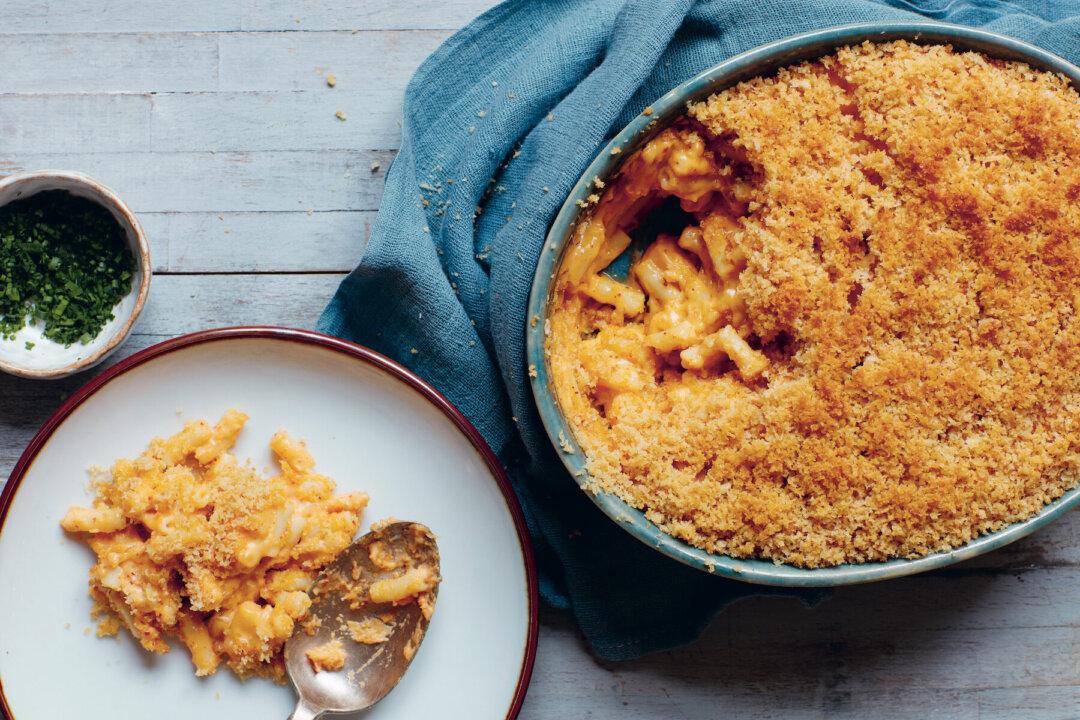When I think about what makes Korean food so incredibly special, the first thing that springs to mind is banchan.
Banchan are the myriad shared side dishes that come gratis with every traditional Korean meal, whether a grand banquet dinner a humble home-cooked affair.





